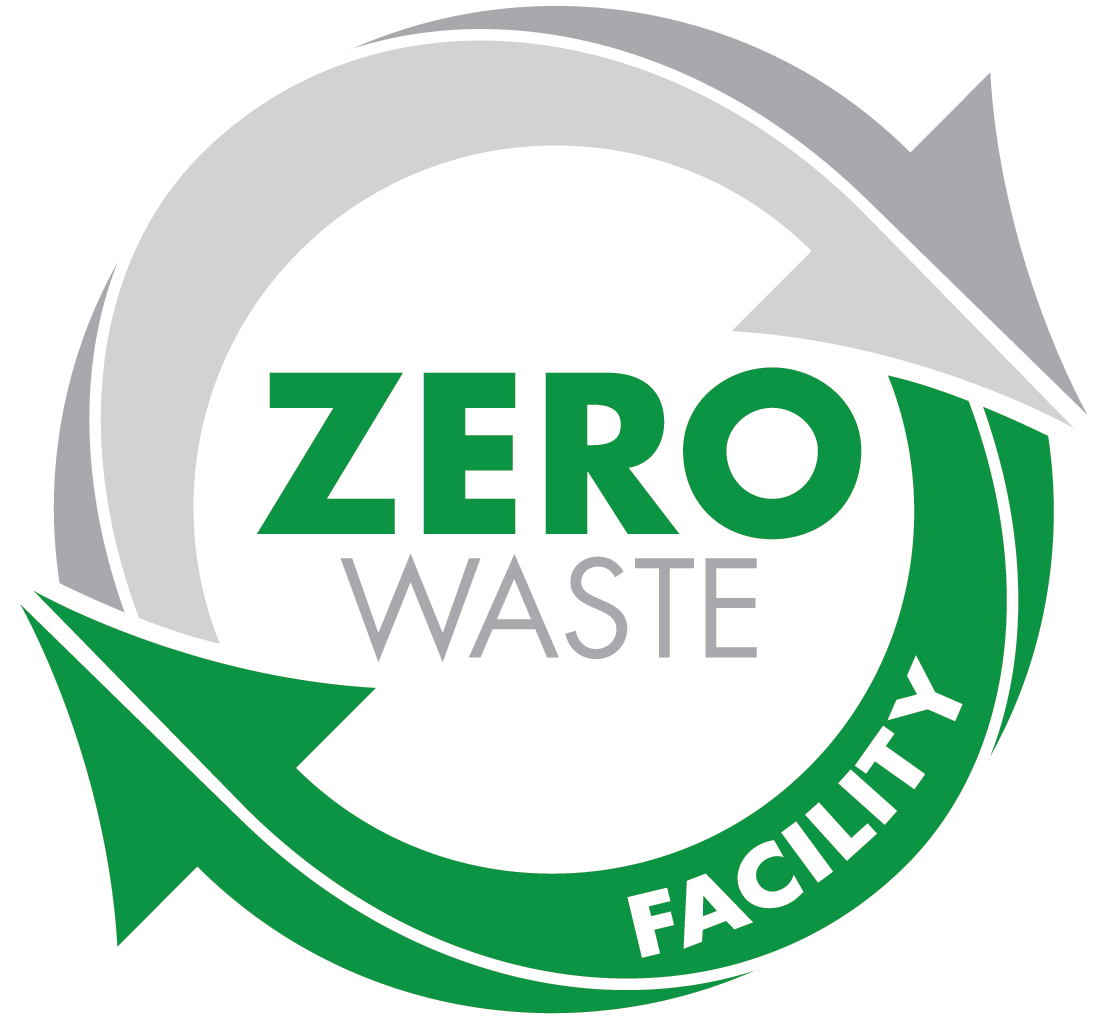Blog
Printed circuit board assembly (PCBA) is an intricate process that involves a few different steps. PCBA begins at its fundamentals, the base circuit board. A printed circuit board is made up of alternating layers, with each layer playing a crucial role in the overall functionality of the board.
At Permatech Electronics, our printed circuit board assembly is the best in the business!
Each layer in a printed circuit board is important and functional because of the following components:
- Substrate: This is what gives the boards rigidity and it helps serve as the base of printed circuit boards.
- Copper: Copper traces are layered on the functional side of the printed circuit boards. On single-sided PCBs it is placed on one side, for double-sided PCBs it is on both sides.
- Solder Mask: The solder mask helps hold everything in place for printed circuit boards. It’s what gives PCBs their green colour, and it is usually placed overtop the layer of copper traces to help insulate it. The solder mask also prevents the copper from interacting with other conductive components in a PCB. This mask is a crucial step to ensure a well-designed and constructed circuit board.
- Silkscreen: The silkscreen is the last layer in an electronic circuit board. It adds symbols and characters to act as labels on the board. These symbols help indicate the function of each component in the PCB.
While all layers of circuit boards are often similar, they can be different in the material used for the substrates. These materials depend on the unique qualities desired for the circuit board when production is complete. However, when it depends on the mounting methods used in the printed circuit board, here are two common industry choices:
- Surface Mount Technology (SMD): This technology is usually applied on very small, sensitive components and integrated circuits. For instance, resistors or diodes and other surface mount devices can be effectively mounted onto the board using this form of printed circuit board assembly.
- Thru-Hole Technology: As the name suggests, this method works great in mounting components with wires or leads that have to be plugged through the holes on a printed circuit board. It is typically used on PCBs with large components like capacitors and coils.
The last step in the printed circuit board assembly process is the proper washing of the board. This helps remove any leftover residue left behind from the soldering process. A quick dry is needed before the circuit boards are ready for packaging. At Permatech Electronics, we are industry leaders in electronic circuit boards. Call or email us today to learn more about our products and services.






